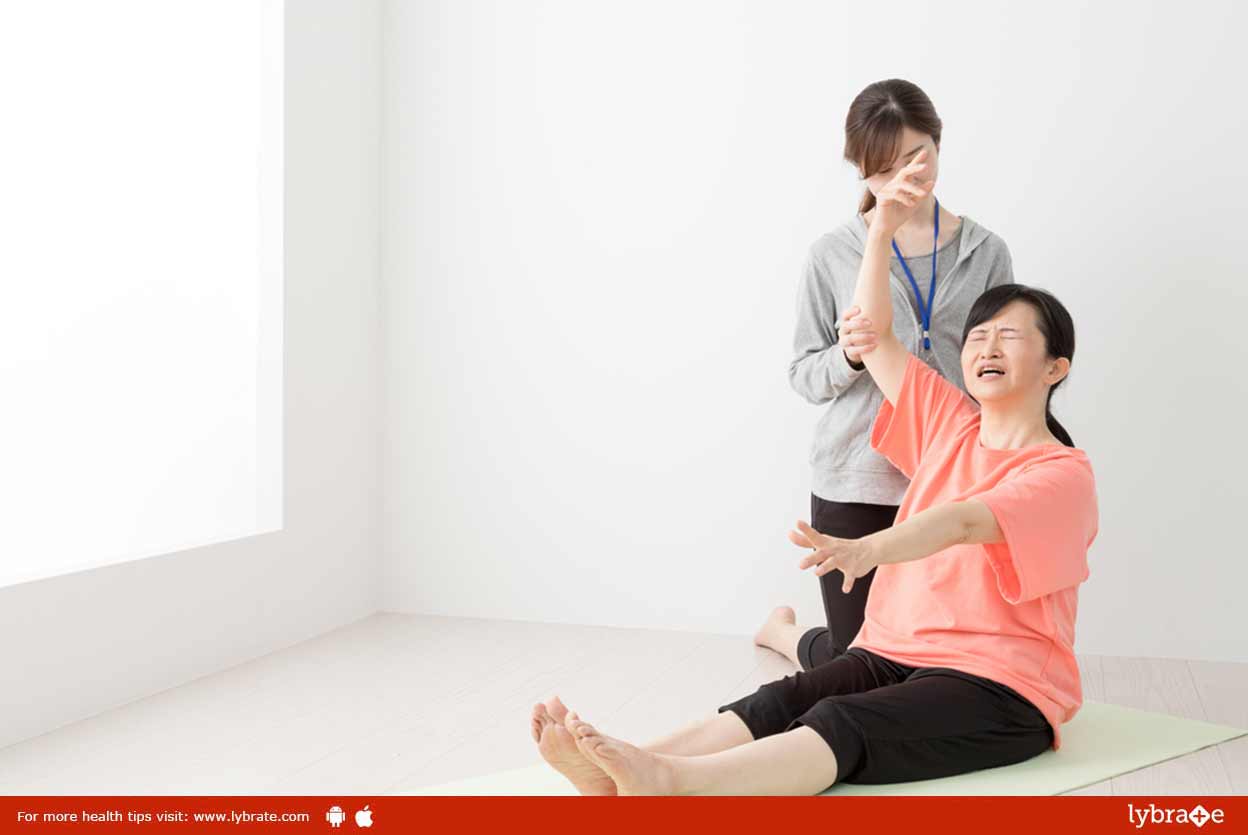By Dr. Kapilchand Narra , Physiotherapy
The joints within the human body allow for all the nimble and intricate movements that you would need in daily life. The shoulder is one of the most important joints in the body as it allows for the movement of your arm in every direction. One of the problems that affect this joint is commonly known as a frozen shoulder or adhesive capsulitis.
What is a Frozen Shoulder?
A frozen shoulder is when the joint becomes stiff and painful, resulting in very limited movement. Barring only small and limited angles, any other task can become painful and thus limits you from doing any task with that arm.
Physiotherapy-
This is usually the first and the best means of attack to tackle this problem. Physiotherapy for frozen shoulder involves mostly stretching exercises and then incrementally increasing the difficulty to strengthen the weak points. Some of the exercises deployed in the treatment are mentioned here. However, you should remember that it should be done under the supervision of a trained physiotherapist after a consultation with the doctor.
- Finger Walk – Face a wall about three-quarters of an arm-length away. Fold your affected arm at the elbow and touch the wall with two fingers. Now walk the arm up with the help of the fingers as far as you can. The stress in this exercise should be on your finger and not on your shoulder. This exercise should be done around 10 to 15 times daily.
- Pendulum Stretch – Stand with the support of a desk or table with your affected arm loosely hanging down. Make slow circles with your hanging arm with the diameter of about a foot. You need to do 10 revolutions counterclockwise and 10 clockwise. This should be done once daily.
- Stretching The Armpit – Stand next to a desk which is about chest high. Use your good arm to raise the affected arm onto the table. Then bend your knees downward so that your armpit opens up and stretches the shoulder. Only do it to the point where it doesn’t cause pain and try to incrementally do more over the days. Try this once for 10 to 20 repetitions a day.
- Cross-body Reach – You can do this exercise both sitting and standing. Lift your affected arm with your good arm holding it at the elbow with the palm of the other hand. Bring the bad arm across the body and stretch to the point before pain. Hold it for up to 15 to 20 seconds. Repeat this around 10 to 20 times.








































